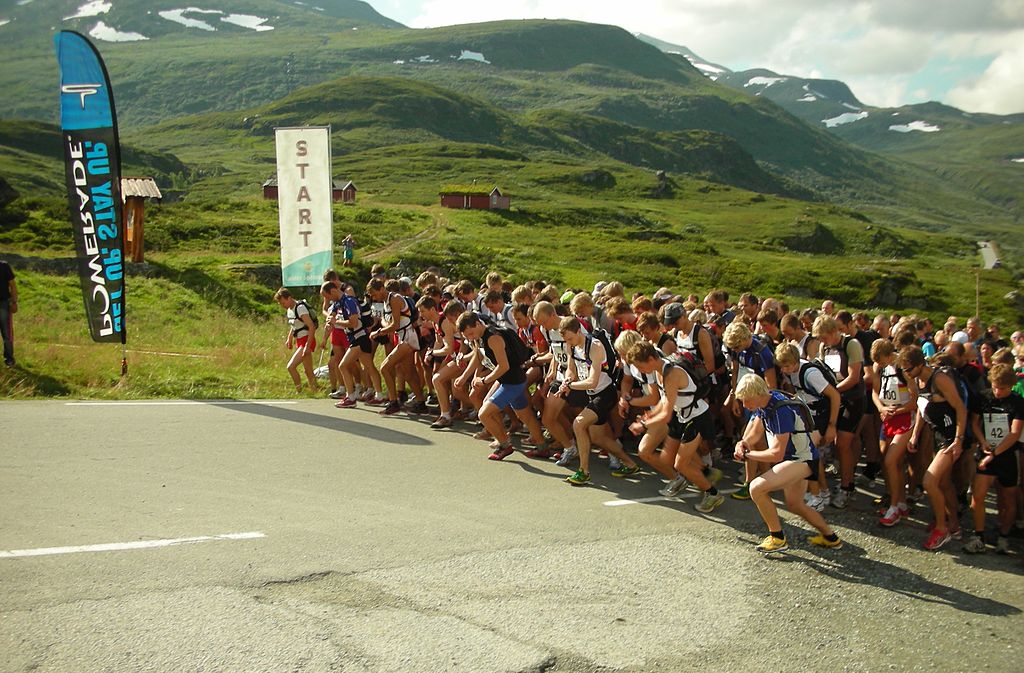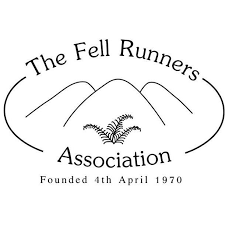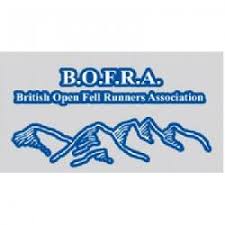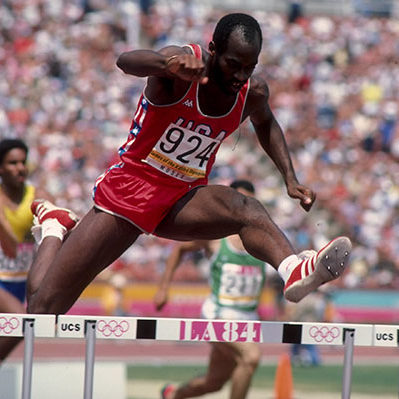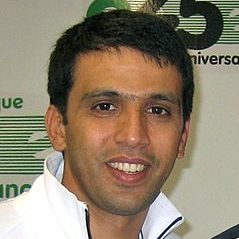Fell running, also sometimes known as hill running, is the sport of running and racing, off-road, over upland country where the gradient climbed is a significant component of the difficulty. The name arises from the origins of the English sport on the fells of northern Britain, especially those in the Lake District. It has elements of trail running, cross country and mountain running, but is also distinct from those disciplines.
Fell races are organized on the premise that contenders possess mountain navigation skills and carry adequate survival equipment as prescribed by the organizer.
Fell running has common characteristics with cross-country running, but is distinguished by steeper gradients and upland country. It is sometimes considered as a form of mountain running, but without the smoother trails and predetermined routes often associated with mountain running.

